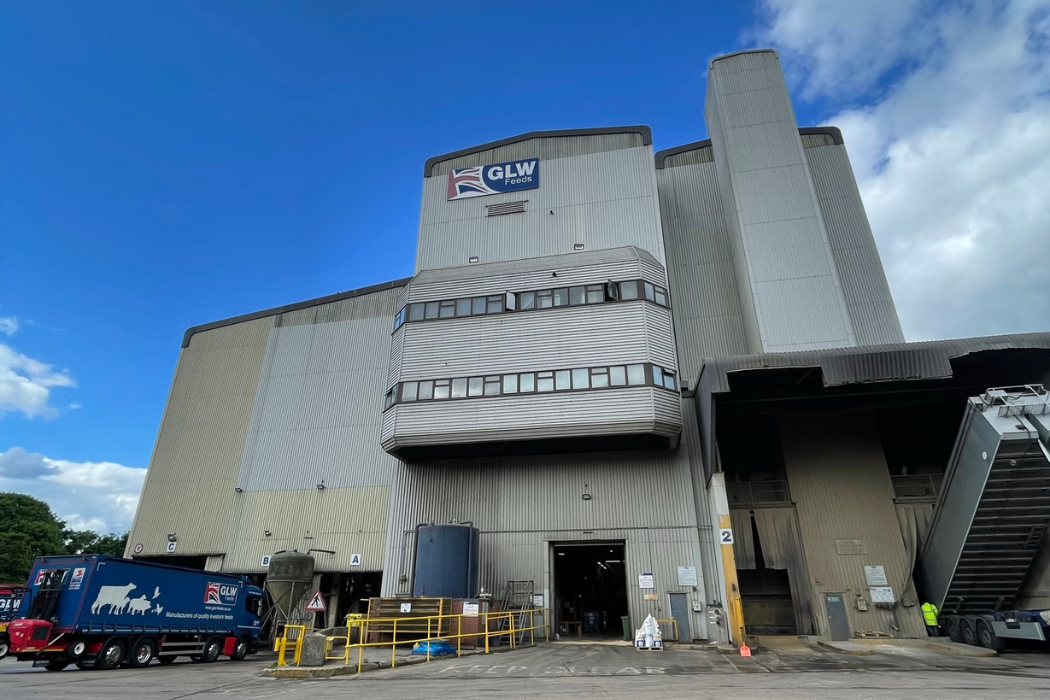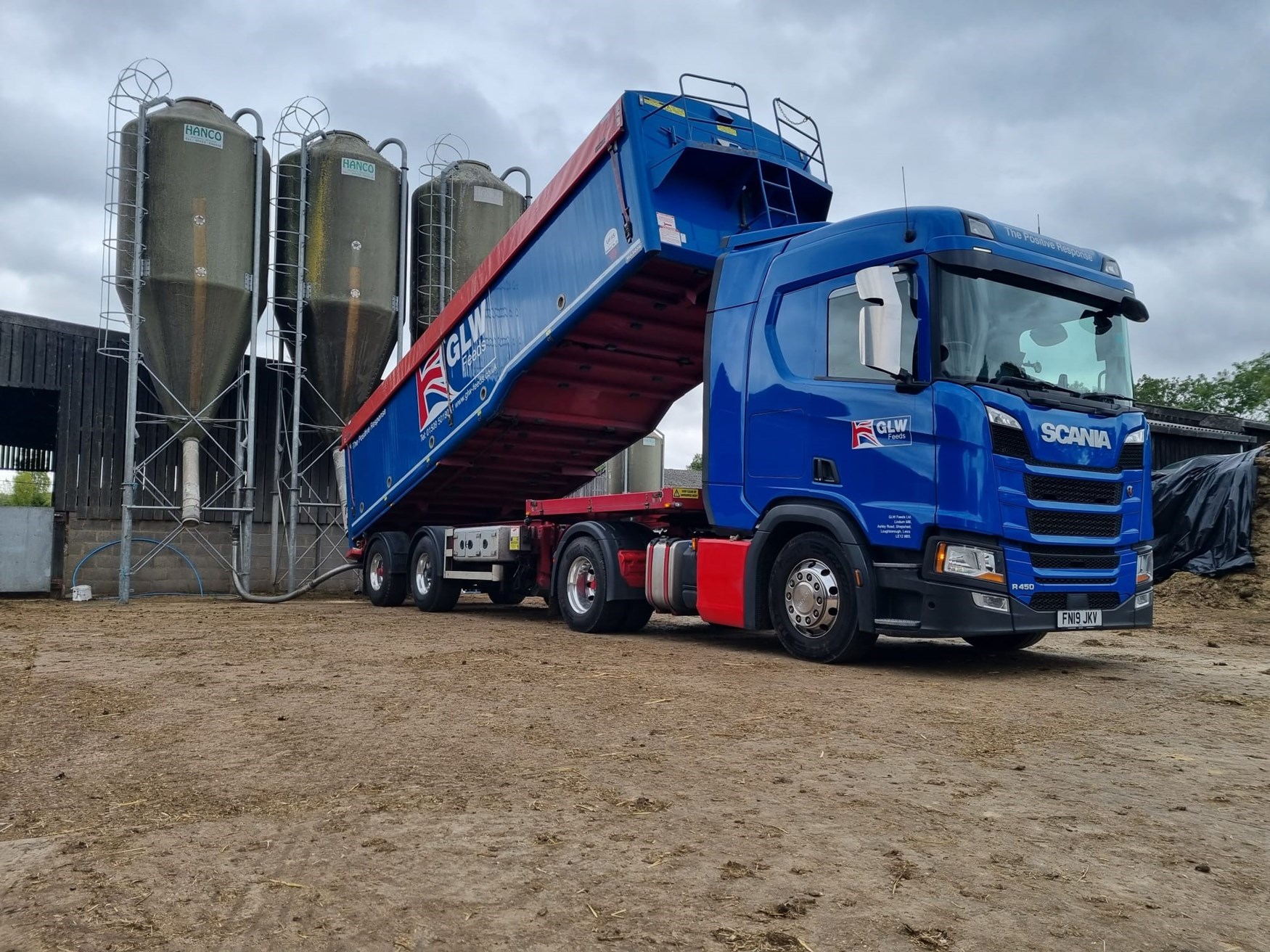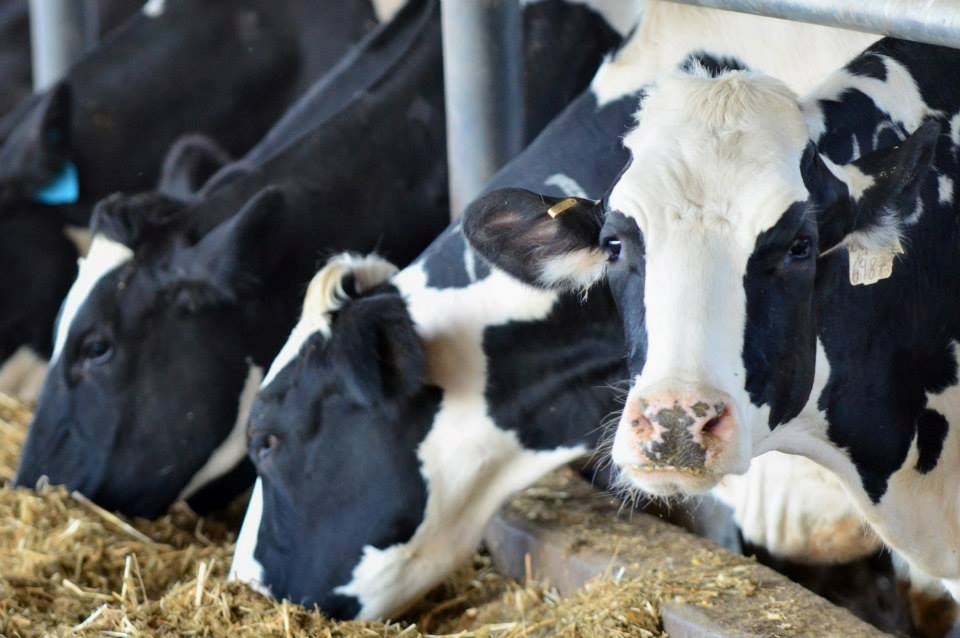Achieving a 50% reduction in CO2 equivalent emissions
The data from MyFeedPrint is now an integral part of the business and an essential input for the quarterly meetings at GLW Feeds, where management, nutritionists, and the procurement team review buying decisions. “Having this tool allows us to pinpoint the major emissions hotspots and look for effective and viable alternative options. For example, when we took the major decision to change the sourcing of our soy, MyFeedPrint let us precisely measure the resulting reduction in the carbon footprint of our compound feed. This reached up to 50% in some of our dairy rations”, explains Jess. “In 2023, we aim to further reduce the carbon footprint of our feeds while also working on the optimisation of our feed mill’s operations.
While the carbon footprint of the raw materials we use is by far the biggest contributor to the environmental impact figure of the compound feed we produce, the feed processing itself is also an important consideration. Feed mills are historically heavy users of energy. That’s why, at GLW Feeds, we have already made significant investments to reduce our power consumption and increase the efficiency of our facilities. This has the dual benefit of reducing our energy bills as well as the overall environmental impact of our feed products. MyFeedPrint takes care of all the necessary calculations and determines the footprint of the different production lines, as well as calculating an average carbon footprint value for our entire facility.”




